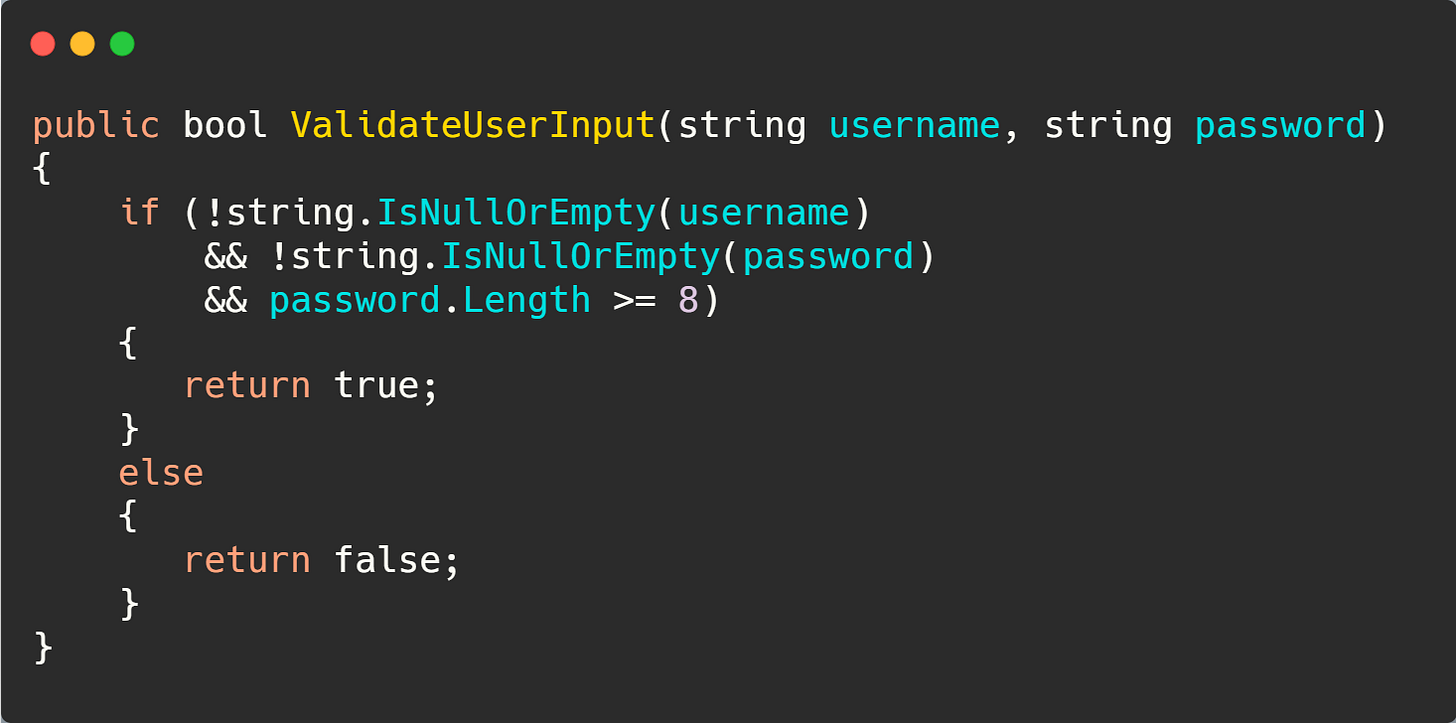Refactoring in C# is the process of restructuring and improving the internal structure of your code without altering its external behavior.
The goal is to enhance :
Efficiency
Code readability
Maintainability
When should we refactor the code
These are some situations when we should refactor the code
Refactor when the code becomes hard to read or understand
When you see a code smell its time to refactor
Refactor when fixing bugs ( if you feel need of it)
Refactor the code when better performance is your concern. Although it should be kept in mind while developing first time.
Integrate refactoring when dealing with legacy code to modernize and align it with current coding standards and practices
Important : Make sure that your all test cases pass after refactoring the code
Common refactoring techniques
Here are some common refactoring techniques in C#:
1/ Create a new method to encapsulate a portion of existing code
If you have a lengthy code block performing a specific task within a method, you can extract that block into a separate method with a meaningful name.
Suppose we have this code :
It can be replaced with this :
2/ Improve code clarity by giving variables more descriptive and meaningful names
If a variable has a vague or misleading name, renaming it can improve code clarity
3/ Replace hard-coded numerical values with named constants
If you have a constant value used in multiple places, define it as a named constant to enhance code readability and maintainability.
4/ Group related parameters into a single object to simplify method signatures
If a method has multiple parameters that logically belong together, create a parameter object to make the method more cohesive.
5/ Replace conditional statements with polymorphic behavior through inheritance and interfaces
If you have a series of conditional statements that determine the behavior of an object, consider using polymorphism for a more extensible and maintainable solution.
6/ Replace a class hierarchy with composition to achieve greater flexibility and maintainability
Instead of using deep class hierarchies, favor composition to assemble behavior from smaller, more focused components.
7/ Define an interface based on the public methods of a class to promote loose coupling and flexibility
If multiple classes share similar behavior, extract an interface to enable polymorphism and interchangeability.
8/ Give appropriate variable names in lengthy expressions for better understanding
In this refactoring, we break down the complex expression into more manageable parts.
Happy Refactoring :)
Whenever you’re ready, there are 2 ways I can help you:
Promote yourself to 9400+ subscribers by Sponsoring my Newsletter
Previous sponsors : Jetbrains, Workflow Engine
Become a Patron and get access to 200+ .NET Questions and Answers











Why not just `IsUsernameValid(username) && IsPasswordValid(password)`, don't you trust C# that this expression is evaluated into boolean?